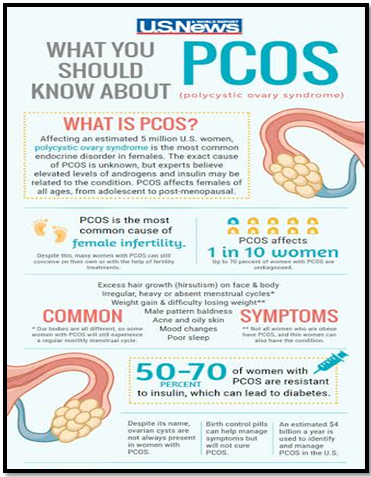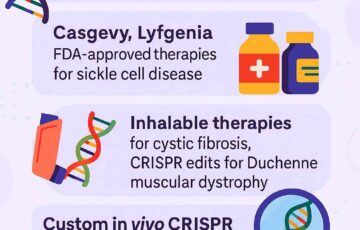MANDATORY MENSTRUAL LEAVE: A NECESSITY, NOT AN OPTION
Why in the news?
- Polycystic Ovary Syndrome (PCOS) Challenge: Neha Khemka, a master’s student, advocates for court-mandated menstrual leave due to severe PCOS pain.
- Survey Results: An Everteen survey found 73% of women support menstrual leave , sees it as enhancing productivity and well-being.
Source: Farm
Implementation Example:
- Swiggy offers a two-day menstrual leave policy, receiving positive feedback for addressing female employees’ health needs in demanding roles.
Apex Court Directive
- Supreme Court’s Stance: The court directed the Centre to create a model menstrual leave policy, balancing women’s needs with workforce concerns, to avoid deterring employers from hiring women.
| Understanding Polycystic Ovary Syndrome (PCOS)
Overview
Causes and Symptoms
Treatment
Associated Article: https://universalinstitutions.com/promoting-menstrual-leave-a-step-towards-gender-equality/ |





